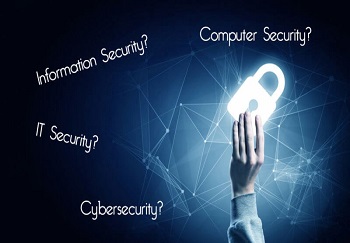GRC Audit and Advisory
Technology
In today’s rapidly evolving technological landscape, businesses face increasingly complex challenges in managing governance, risk, and compliance (GRC) requirements. As organizations embrace digital transformation initiatives, they encounter a myriad of regulatory obligations, cybersecurity threats, and operational risks. In such a dynamic environment, leveraging technology becomes imperative to streamline GRC processes, enhance visibility, and mitigate potential risks effectively.
Technology plays a pivotal role in enabling organizations to achieve GRC objectives efficiently. By integrating advanced software solutions, automation tools, and analytics capabilities, businesses can strengthen their GRC frameworks and adapt to evolving regulatory landscapes.
Risk Assessment and Management: Utilizing risk management software to identify, assess, and prioritize risks across the organization. Automated risk scoring and simulation capabilities enable better decision-making and proactive risk mitigation strategies.
Compliance Monitoring and Reporting: Implementing compliance management systems to track regulatory changes, assess compliance status, and generate comprehensive reports. Automated compliance workflows streamline audit preparations and ensure adherence to regulatory requirements.
Cybersecurity Governance: Deploying cybersecurity solutions to safeguard sensitive data, detect security breaches, and enforce regulatory compliance. Continuous monitoring tools provide real-time insights into cybersecurity posture, enabling timely remediation of vulnerabilities and threats.
Policy and Control Management: Leveraging governance solutions to establish and enforce policies, procedures, and internal controls. Centralized policy repositories, automated workflows, and control frameworks facilitate compliance with industry standards and regulations.
The integration of technology into GRC processes offers several tangible benefits to organizations, including:
Efficiency and Productivity: Automation reduces manual efforts, streamlines workflows, and eliminates redundant tasks, enhancing operational efficiency and productivity.
Enhanced Visibility and Transparency: Advanced analytics and reporting capabilities provide stakeholders with real-time visibility into GRC activities, enabling informed decision-making and transparency.
Risk Mitigation and Compliance: Proactive risk identification, assessment, and mitigation mechanisms minimize the impact of potential threats and ensure compliance with regulatory requirements.
Cost Savings: Technology-driven GRC solutions help optimize resource allocation, reduce compliance-related costs, and mitigate financial risks associated with non-compliance.
As technology continues to evolve, several emerging trends are poised to reshape the GRC landscape:
AI and Machine Learning: Integration of artificial intelligence (AI) and machine learning (ML) algorithms to enhance risk prediction, anomaly detection, and decision support capabilities.
Blockchain Technology: Leveraging blockchain technology to enhance data integrity, transparency, and traceability in GRC processes, particularly in areas like supply chain management and regulatory reporting.
Cloud-based GRC Solutions: Adoption of cloud-based GRC platforms for scalability, agility, and cost-effectiveness, enabling organizations to adapt quickly to changing regulatory requirements and business needs.
IoT Security and Compliance: Addressing security and compliance challenges associated with the proliferation of Internet of Things (IoT) devices through integrated GRC solutions and robust cybersecurity frameworks.

Contact us for a quote or in case of any urgent queries please send us an email on: [email protected]
we will get back to you right away!